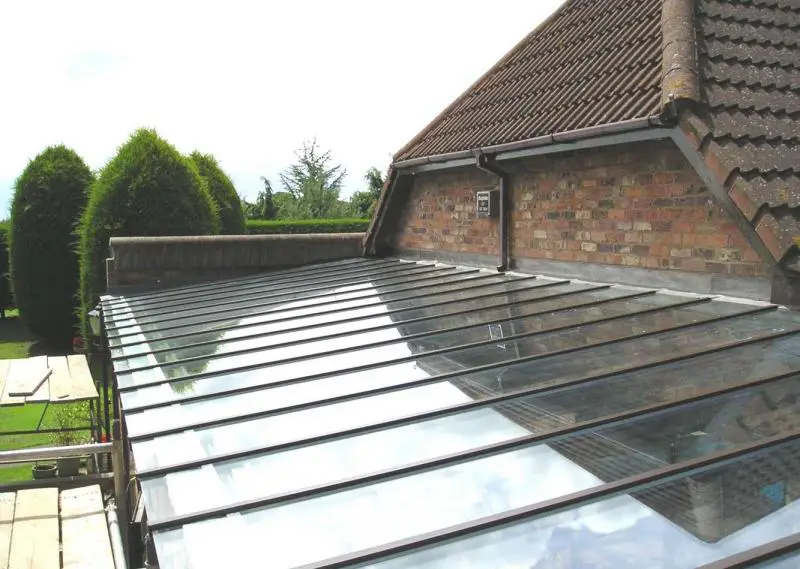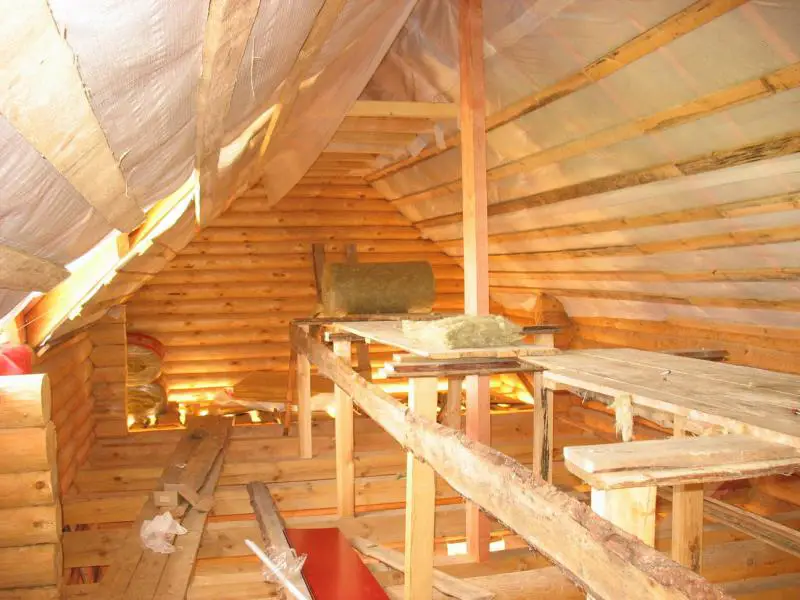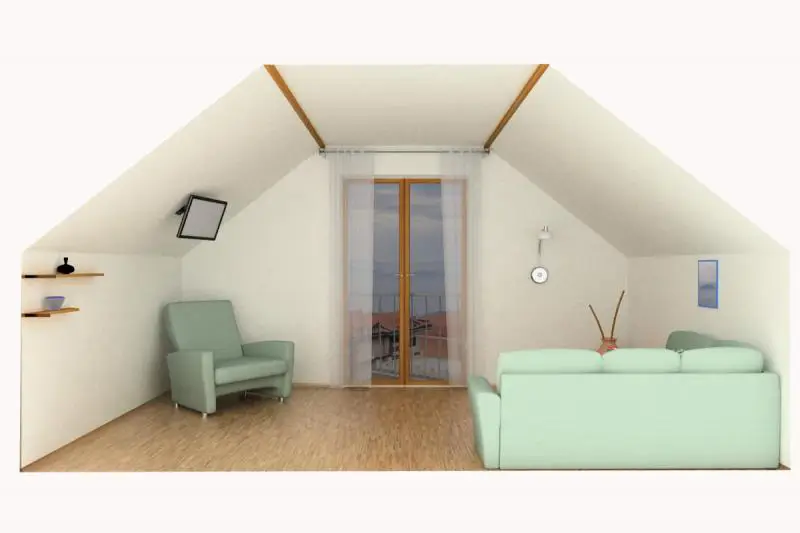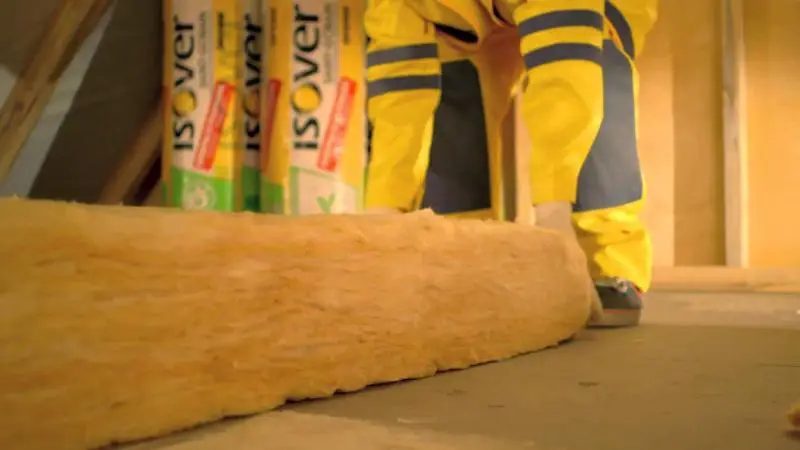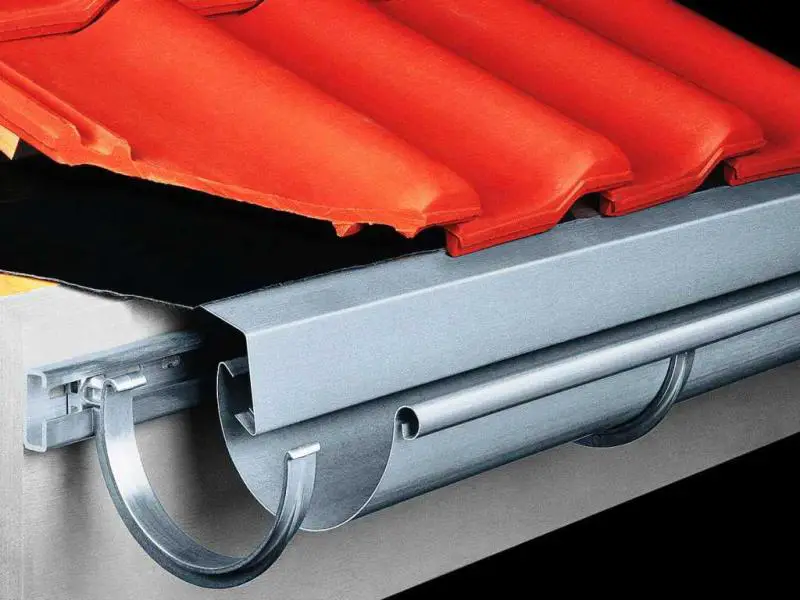There can be your advertisement
300x150
Window Frame Repair
A window is one of the most important elements in any room. It allows sunlight to enter, facilitates air exchange between indoor and outdoor spaces, and provides people with visual information about the outside world. The main component of a window is its frame, into which the glazing unit is installed.
The best material for it is, of course, wood.
Wood or Plastic
Natural wood has excellent thermal insulation properties, is sufficiently durable, and, after proper treatment, withstands adverse weather conditions well. Most importantly, as a natural material, wood is environmentally safe and looks beautiful both indoors and outdoors.

Yet today, most people prefer PVC profile windows. Is it really so much better than wood? In fact, polyvinyl chloride (PVC) falls significantly short of wood in most performance aspects, especially in ecological safety. Despite what installers may claim, PVC windows emit harmful substances when exposed to strong heat or mechanical stress.
The only undeniable advantage of PVC windows is their relatively low cost. A plastic window will always cost less than a wooden one. Interestingly, this fact itself serves as indirect evidence that wooden frames are the superior choice. Moreover, wooden windows can be repaired or restored, while a damaged PVC profile can only be replaced.
Why Repair Window Frames?
Even if a wooden window has lost its airtightness, developed cracks or gaps, there's no need to replace it with a plastic one.
A wooden frame can be fully restored to its original performance characteristics through repair. The main steps in window frame repair include:
- removal of glass or glazing units;
- removal of old protective layers;
- repairing cracks, chips, and other defects;
- application of protective coatings;
- reinstallation of glass or glazing units.
Removing Glass and Cleaning the Frame
To perform a high-quality repair of wooden window frames, it is essential to remove the glass or glazing units first. They are secured by wooden strips called glazing beads (stiles). Each glazing bead is nailed to the frame and can be carefully pried off using a chisel near the nail. This must be done carefully to avoid damaging the wood surface or the glass. If a bead is glued and difficult to remove, it’s better to break it than risk damaging the window. After removal, the glass or glazing unit can be easily taken out.
Old coatings can be removed using a heat gun, sanding machine, putty knife, or regular sandpaper. Each tool requires proper handling techniques.
For example, a heat gun must never be used if the glass is still in place—high temperatures will cause it to shatter. A sanding machine works well on flat surfaces but cannot reach corners or tight spots. Manual sanding with paper is more precise but time-consuming. Special stripping liquids should only be used in warm weather.
Repairing Defects and Painting Windows
After cleaning the frame, inspect it for chips and cracks. All defects should be filled with specialized oil-based or latex putty. Allow it to dry completely, then lightly sand the surface if needed. If frame joints have weakened, reinforce them with metal corner brackets secured with screws. To prevent the bracket from protruding, cut a recess into the frame using a chisel.

Before painting, treat the window with a special solution to prevent decay and corrosion. These treatments can enhance the natural wood grain and help achieve the desired color, especially if the surface will later be varnished. Then apply a coat of paint or varnish.
Use specialized window paints or oil-based paint for best results. If painting is done while glass is still in place, cover the glass with special construction tape to prevent paint drips. For varnishing, choose special outdoor wood finishes.
Reinstalling the Glass
After the paint or varnish has dried, apply insulating tape—made of porous rubber or dense foam—along the edges where the frame contacts other surfaces when closed. This helps prevent drafts.
Reinstall the glass or glazing units using a special sealant that holds them in place and ensures airtightness. New glazing beads are also secured with adhesive or sealant and fastened with nails.


